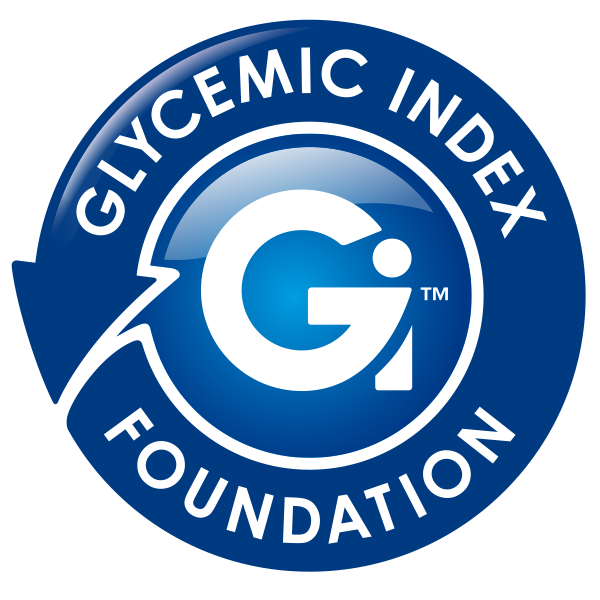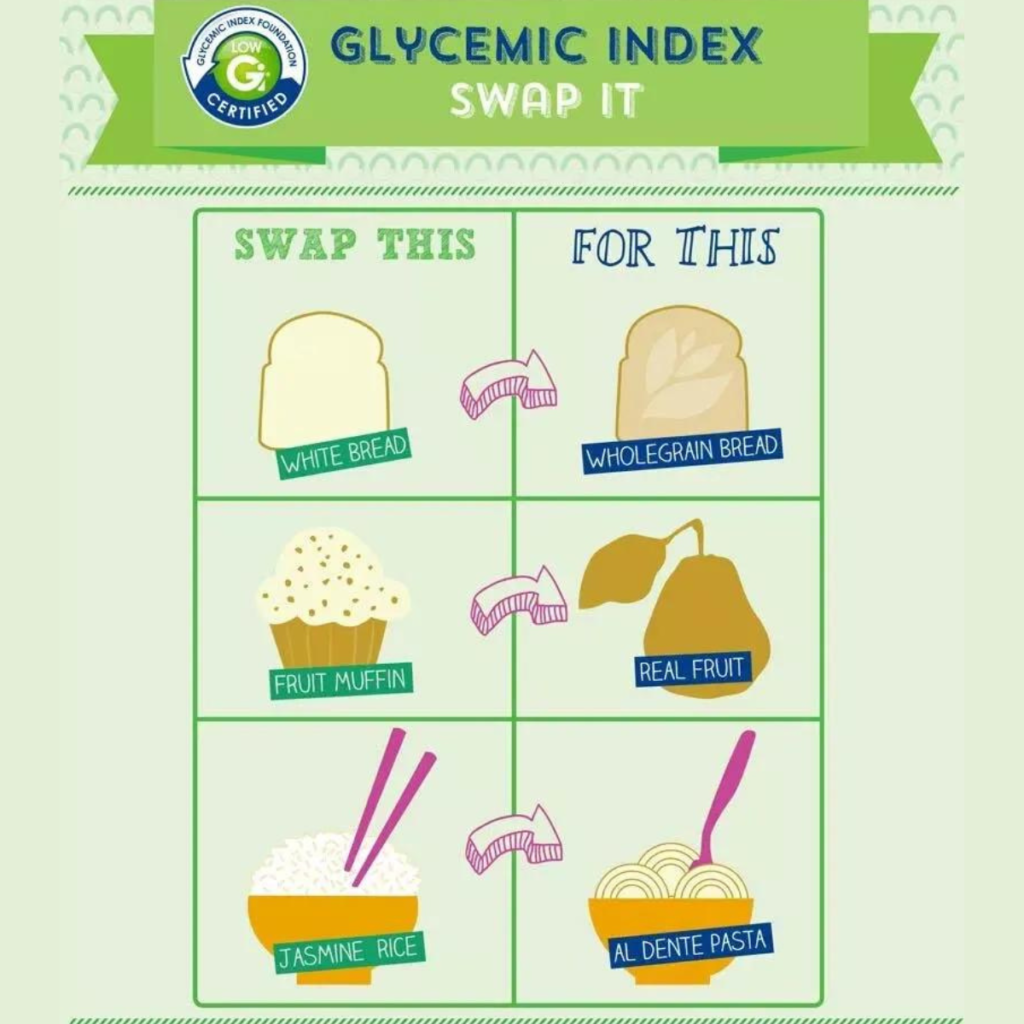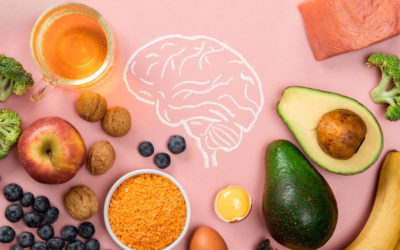Life can be busy for women which can often result in having little time to focus on their own health. There are so many factors that can impact health so it may seem overwhelming if you are looking to make some improvements. The good news is that focusing on one area such as changing the type of carbohydrate you eat can make a significant difference to overall health and wellbeing. Whether you are looking to boost energy, prevent or manage a specific condition, lose weight or just want to improve general health, a low GI diet can help you.
What is a low GI diet?
The Glycemic Index (GI) is a tool that measures how different types of carbohydrates affect our blood glucose levels. It is a scientifically proven way to determine which carbohydrate foods are healthiest for us. Carbohydrate foods that are tested are given a score on a scale of 1-100. Carbohydrates with a high GI (70+) are digested and absorbed quickly, causing a rapid spike in blood glucose levels. Carbohydrates with a low GI (55 or less) are digested or absorbed more slowly at a slower rate, prompting less fluctuation in blood sugars.
Why follow a low GI diet?
Research has found that a low GI diet reduces the risk of developing significant health problems for women, including the following 7 ways a low GI diet supports Women’s Wellbeing:
- Manage weight by controlling appetite and delay hunger
During Menopause, symptoms such as mood fluctuations, disturbed sleep and hot flushes can also make it challenging to focus on eating well and may lead to weight gain. Whilst studies show that menopause doesn’t directly cause weight gain, the hormones associated with this stage of life, such as reduced oestrogen may lead to more weight gain around the abdominal area. Extra weight around the middle, unlike weight around the hips and thighs, increases the risk of chronic disease including type 2 diabetes, heart disease, breast cancer and dementia. - Manage Polycystic Ovarian Syndrome (PCOS)
PCOS is a hormonal condition with common symptoms including irregular menstrual periods, acne, weight gain and facial hair. Insulin resistance is often the cause so swapping to low GI carbohydrates will help to produce lower blood sugar and insulin levels in the blood. - Improve pregnancy outcomes
Research has shown that food choices during pregnancy can impact a child’s future health long after they have been born. A low GI diet during pregnancy is one of the most effective ways of ensuring the baby grows at a healthy rate and reaps many benefits.- Prevent excessive weight gain during pregnancy
- Reduce the mother’s chance of developing gestational diabetes
- Lessen the likelihood of a complicated delivery, birth defects or lower infant birth weight
- Reduce a child’s future risk of chronic disease including obesity and type 2 diabetes
- Reduce the risk of developing type 2 diabetes
Worldwide studies show that following a low GI diet significantly helps people with diabetes improve their blood glucose levels and can reduce the risk of developing type 2 diabetes. In particular, low GI diets have been shown to:- Improve blood glucose levels by reducing blood glucose spikes
- Reduce insulin resistance
- Help people with diabetes reduce their HbA1c by 0.5%
- Increase the rate of weight loss and reduce waist circumference
- Help prevent weight regain over the longer term
- Reduce the risk of vascular disease
- Reduce the risk of heart disease
A low GI diet can improve heart health by:- Improving the elasticity of blood vessel walls and blood flow by reducing post-meal blood glucose levels
- Improving blood cholesterol levels, particularly LDL cholesterol, independent of the benefits of weight loss
- Reducing the risk of atherosclerosis, a chronic disease affecting blood vessels
- Aiding abdominal fat reduction
- Reduce breast cancer risk
Studies have shown an association between high GI diets and future risk of developing breast cancer in women. - Reduce acne
High glycemic index diets can exacerbate acne while low GI diets could potentially help control acne flares.
Following a low GI diet has many more general health benefits including:
- Improve concentration
- Fuel the body for sustained energy
- Increase physical performance by extending endurance
- Decrease the risk of common diabetes complications by ~20%
- Feel fuller for longer
A low GI diet can Increase feelings of fullness after eating and reduce hunger between meals - Benefit eye health and prevent age-related macular degeneration (AMD), a leading cause of blindness.
How to go low GI
In general, low GI foods are less processed and higher in fibre compared to high GI carbs e.g., white bread compared to wholegrain bread. So going low GI doesn’t mean giving up your favourite carbs like bread and potato! It is all about ‘smart swapping’ and to make it easier we have put together some easy ways to make the switch to low GI living with simple Low GI swaps.
Low GI Living for Women Sample Meal Plan
What does a day’s low GI eating look like? This sample meal plan is not only low GI, but carbohydrate modified, protein rich and calorie controlled and can assist with achieving health goals such as weight management, energy management, insulin resistance and blood glucose control. Meals and snacks are satisfying to keep you full and energised all day!
| Breakfast | Nutty Berry Yoghurt Smash |
| Morning Snack | 4 wholegrain crispbreads topped with 1/4 small, mashed avocado & 4 slices tomato |
| Lunch | Spring vegetable frittata served with 1 slice Burgen Soy and Linseed Toast |
| Afternoon Snack | Lemon Chia Balls |
| Dinner | Mediterranean Salmon Traybake |
*Note: Sample meal plan is a general guide only. Women with specific needs such as pregnancy or very active will need to increase food serves. For more tailored advice, consulting with an Accredited Practising Dietitian.
By Rebecca McPhee, Accredited Practising Dietitian (APD) & Health Coach Consultant.



